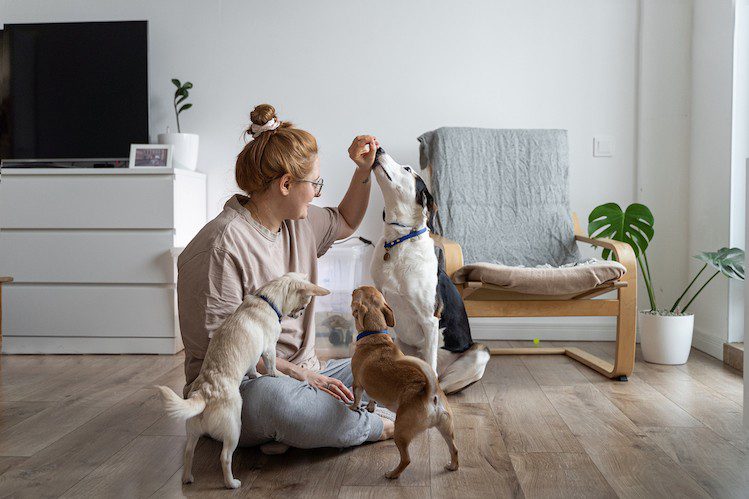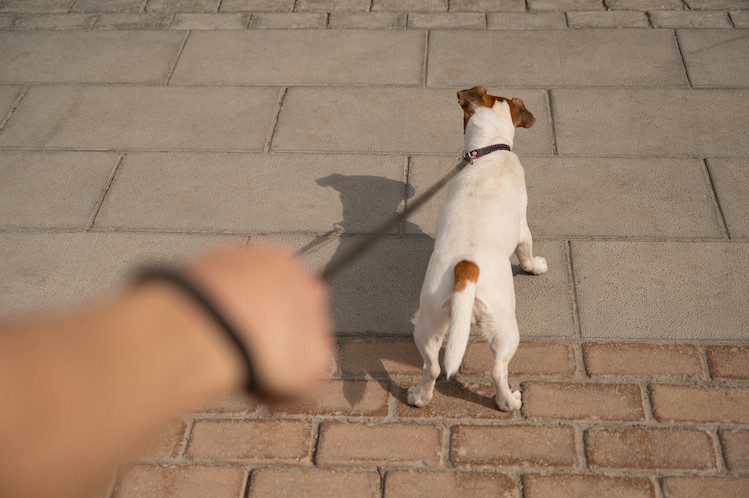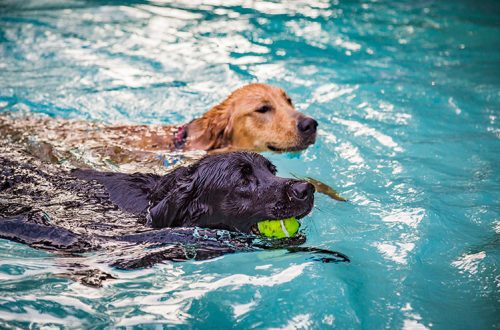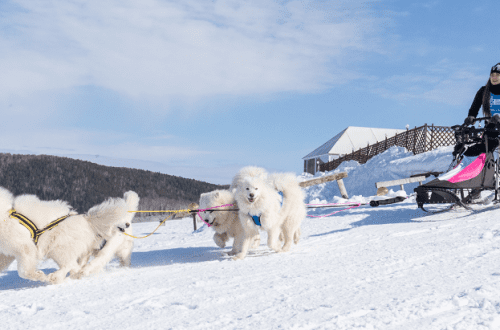
Can a dog be punished?
How dogs react to punishments and are there more humane and effective ways to raise a pet – explains cynologist Nina Darsia.
Let’s start with a quick test. Check how much you understand the psychology of pets. Which of these punishments do you think will work?
Pull the leash sharply if the dog “pulls” on a walk
Poke your nose into a puddle if the dog is not patient enough to walk
Shake the scruff of the neck if the dog gnawed off the owner’s new shoes
That’s right, none. Physical strength and screams lead to only one result: the dog does not understand what is happening, gets scared and behaves even worse. Let’s figure out why punishment does not improve pet behavior.

The dog sees its human as the leader of the pack. She knows that he has everything under control, that he will take care of her, that it is safe next to him. Now imagine the situation: something went wrong and the dog made a puddle on the carpet. The owner returned from work, saw this disgrace and burst into abuse. Or even worse – poked his nose into a puddle. At the same time, the dog does not know how to build extended cause-and-effect relationships. By its very nature, it is not able to correlate the punishment with the deed. She sees the situation something like this: I was waiting for my man from work, he came and yelled at me, hurt me – everything is bad, I’m no longer safe, where should I run?
A frightened dog can behave unpredictably and “play pranks” even more out of fear. And it may seem to an inexperienced owner that she has “taken up to the old again”, does it out of spite and does not listen on purpose. The “misdemeanor” is followed by a new punishment. And behind him – a new offense. It turns out a vicious circle that will shake the dog’s psyche and ruin relations with the owner.
If you yell at a dog and hurt him, he will quickly lose trust in a person. It will not be easy to restore it and correct the behavior of the pet. In this case, you can not do without contacting a cynologist: he will help the owner find the right approach to the dog and build their relationship almost from scratch.
The fact that shouting and force doesn’t work doesn’t mean the situation is hopeless. I’ll tell you how to convey to the dog what can and cannot be done. I recommend three main methods.
- positive reinforcement
Suppose the dog pleased you – did what you expected from it. Encourage her: give a treat, praise, stroke. Act “in the moment” so that the pet has an association: “did well – got a treat“. If you praise the dog even after a couple of minutes, it will no longer work: he will not correlate the praise with his action. Imagine you are walking your pet. He stubbornly rushes forward and pulls you along with him. In such a situation, it is pointless to pull the leash towards yourself and shout: “Stand!“. Much more effective is to reward the dog when he walks calmly and adjusts to your pace.

- negative reinforcement
Let’s imagine another situation. You come home from work, and your favorite 30 kg Labrador in a fit of feelings is trying to jump on you. In such a situation, you can not push the pet away or, conversely, rush to him with hugs. The correct behavior is to ignore the dog, turn away from it at the moment of the jump. So you will demonstrate that you do not intend to communicate with her. This is called “negative reinforcement”. The dog perceives the situation like this: they don’t pay attention to me, they don’t give me a treat – that means I’m doing something wrong. If I do it differently, the piece will be mine!
The only “punishment” that works with dogs is to ignore the unwanted behavior.
- Forbidding commands
And about the sore. Remember how your pet was going to pick up something from the ground. When the dog performs a similar “bad” act, use forbidding commands. For example, command:Phew!“. When the dog obeys, drops the object and approaches you, encourage and reinforce this behavior in the mind of the pet: give a treat.
In order for your dog to behave well, instead of punishing, reward the right behavior and ignore the wrong one. Try not to create situations where the dog will have every chance to behave “badly”. For example, don’t leave fragrant chicken on the coffee table.
Exercise regularly with your pet, work out scenarios for the correct behavior in different situations, and be patient. And remember, good teachers make good students.





